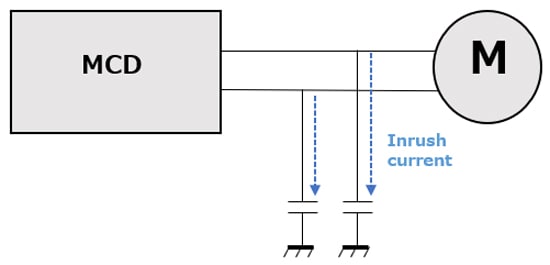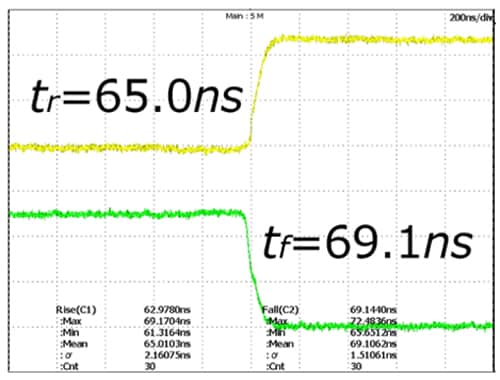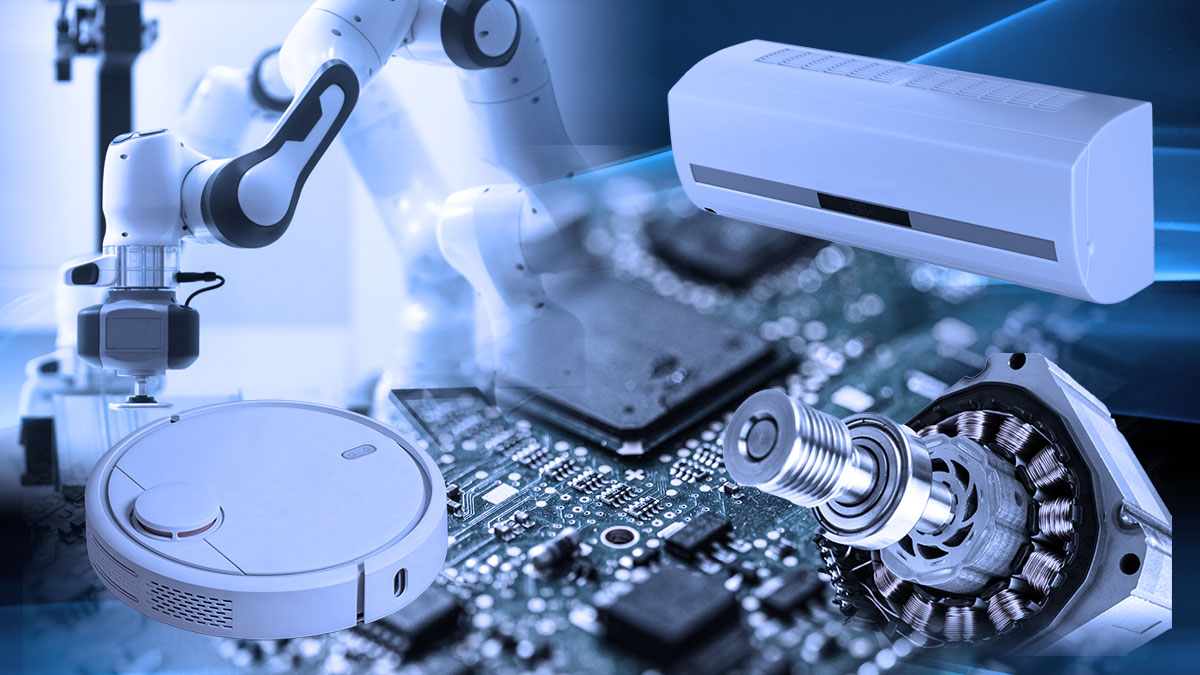- General Top
- SEMICONDUCTOR
- STORAGE
- COMPANY
-
My ToshibaSemicon
- Semiconductor Top
-
ApplicationsAutomotive
Body Electronics
xEV
In-Vehicle Infotainment
Advanced Driver-Assistance Systems (ADAS)
Chassis
IndustrialInfrastructure
BEMS/HEMS
Factory Automation
Commercial Equipment
Consumer/PersonalIoT Equipment
Healthcare
Wearable Device
Mobile
Computer Peripherals
-
ProductsAutomotive Devices
Discrete Semiconductor
Diodes
Transistors
Logic ICs
Analog Devices
Digital Devices
Wireless Devices
※
: Products list (parametric search)
Power SemiconductorsSiC Power Devices
※
: Products list (parametric search)
Isolators/Solid State RelaysPhotocouplers
Digital Isolators
Solid State Relays
Fiber Optic Transmitting Modules
※
: Products list (parametric search)
MOSFETsIGBTs/IEGTsBipolar Transistors※
: Products list (parametric search)
Diodes※
: Products list (parametric search)
MicrocontrollersMotor Driver ICsIntelligent Power ICs※
: Products list (parametric search)
Power Management ICsLinear ICs※
: Products list (parametric search)
General Purpose Logic ICsLinear Image SensorsOther Product ICsOther Product ICs
※
: Products list (parametric search)
-
Design & Development
-
Knowledge
- Where To Buy
- Part Number & Keyword Search
- Cross Reference Search
- Parametric Search
- Stock Check & Purchase
This webpage doesn't work with Internet Explorer. Please use the latest version of Google Chrome, Microsoft Edge, Mozilla Firefox or Safari.
require 3 characters or more. Search for multiple part numbers fromhere.
The information presented in this cross reference is based on TOSHIBA's selection criteria and should be treated as a suggestion only. Please carefully review the latest versions of all relevant information on the TOSHIBA products, including without limitation data sheets and validate all operating parameters of the TOSHIBA products to ensure that the suggested TOSHIBA products are truly compatible with your design and application.Please note that this cross reference is based on TOSHIBA's estimate of compatibility with other manufacturers' products, based on other manufacturers' published data, at the time the data was collected.TOSHIBA is not responsible for any incorrect or incomplete information. Information is subject to change at any time without notice.
require 3 characters or more.
Is it OK to connect capacitors to the output lines of a motor driver IC?
As a measure against EMI, it is possible to connect capacitors to the output lines of a motor driver IC.

EMI (Electromagnetic Interference) occurs when electromagnetic noise is emitted from electronic components such as semiconductors, causing malfunctions in external electronic parts or systems. Connecting capacitors to the output lines can help suppress the generation of electromagnetic noise.

One of the measures against EMI is shown in the Fig. 1. When a capacitor is connected to the output, an inrush current flows into the capacitor during switching. This inrush current is related to the capacity of the capacitor and the output slew rate of the IC.
Please select the capacity of the capacitor with a margin to ensure that the inrush current does not exceed the maximum rated current.
Please refer to the following example for selecting the capacity of the capacitor. Fig. 2 shows the output slew rate waveform of the stepping motor driver TB67S539FTG. The rise time [tr] is 65.0ns, and the fall time [tf] is 69.1ns.
・The inrush current [I] to the capacitor is estimated from the power supply voltage [Vm] and the capacitor’s impedance [ZC]
I=Vm/ZC……………………………………………………………(1)
・The impedance [ZC] of the output capacitor can be determined by the following formula from the slew rate [tr] and the capacitor capacity [C].
ZC =1/jωC ω=2π f=2π /tr…………………………………(2)
・Solving the above equation for [Imax], the maximum capacity [Cmax] of the output capacitor is as follow.
Cmax= Imax tr /2π Vm……………………………………………(3)
Here, the power supply voltage [Vm] is 24V, the maximum rated current [Imax] is 2A, and the slew rate [tr] is 65.0ns. From equation (3), the maximum capacity [Cmax] of the output capacitor can be calculated to be approximately 860pF. Please start testing with capacitors that have a capacity less than this value, allowing for a margin.
Please note that this calculation is only an example for reference and may differ from the actual situation depending on the characteristics of the components and the operating environment.
Related Links
The following documents also contain related information.



